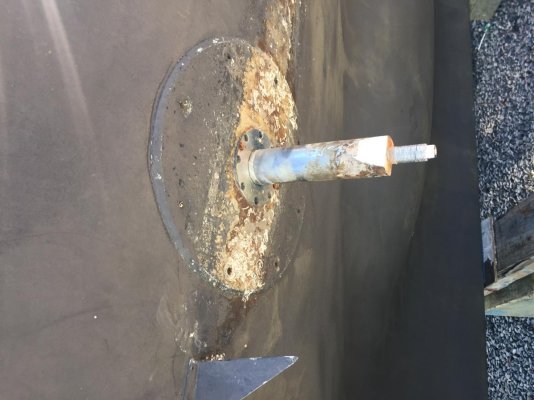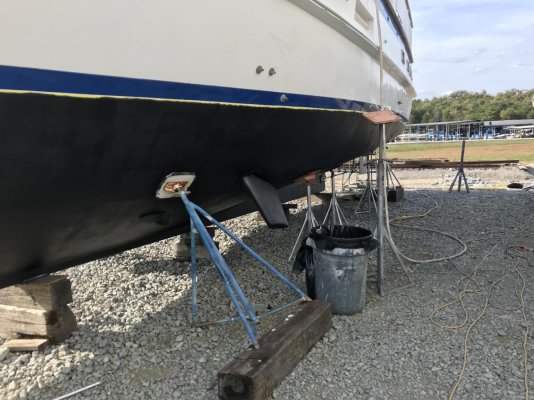mvweebles
Guru
- Joined
- Mar 21, 2019
- Messages
- 7,241
- Location
- United States
- Vessel Name
- Weebles
- Vessel Make
- 1970 Willard 36 Trawler
Recent thread on gyro vs fins generated several predictable comments about how fins are exposed and "who wants a 2-inch hole in their boat."
Got me thinking- how big is the risk? Seriously, people don't think twice about having a pair of spade hung rudders on a boat. No concerns over exposed props with struts. Yet somehow a well engineered and installed set of fins is vulnerable. Is this a case of true vulnerability, or just sour grapes from naysayers who don't have stabilization? Are there large numbers of broken fins, or just a couple stories that have been repeated a hundred times over the last 30 years?
Peter
Got me thinking- how big is the risk? Seriously, people don't think twice about having a pair of spade hung rudders on a boat. No concerns over exposed props with struts. Yet somehow a well engineered and installed set of fins is vulnerable. Is this a case of true vulnerability, or just sour grapes from naysayers who don't have stabilization? Are there large numbers of broken fins, or just a couple stories that have been repeated a hundred times over the last 30 years?
Peter







